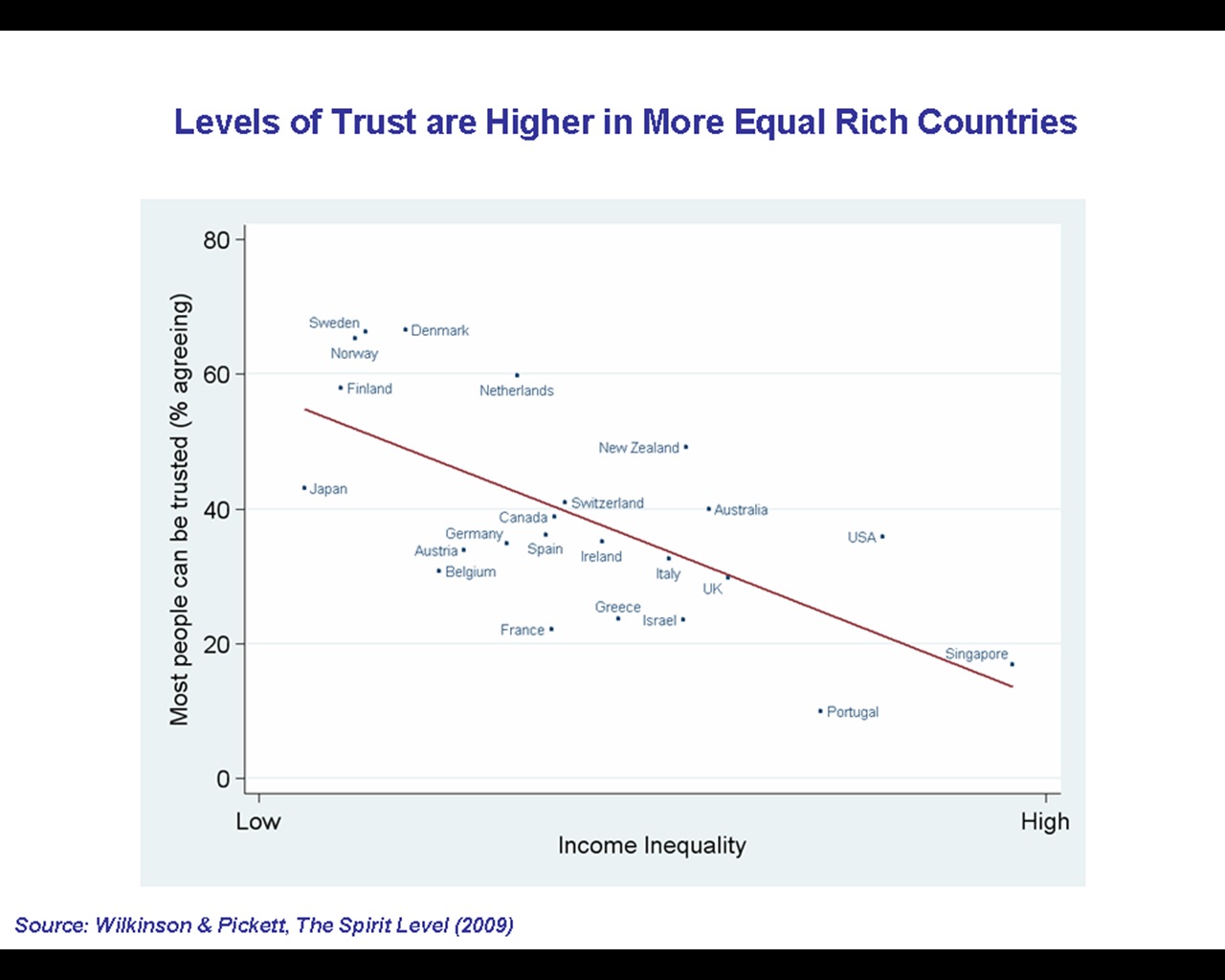|
Broken Windows Theory
In criminology, the broken windows theory states that visible signs of crime, anti-social behavior and civil disorder create an urban environment that encourages further crime and disorder, including serious crimes. The theory suggests that policing methods that target minor crimes such as vandalism, loitering, public drinking, jaywalking, and fare evasion help to create an atmosphere of order and lawfulness. The theory was introduced in a 1982 article by social scientists James Q. Wilson and George L. Kelling. It was popularized in the 1990s by New York City police commissioner William Bratton and mayor Rudy Giuliani, whose policing policies were influenced by the theory. The theory became subject to debate both within the social sciences and the public sphere. Broken windows policing has been enforced with controversial police practices, such as the high use of stop-and-frisk in New York City in the decade up to 2013. In response, Bratton and Kelling have written ... [...More Info...] [...Related Items...] OR: [Wikipedia] [Google] [Baidu] |
Stop-and-frisk In New York City
Frisking (also called a patdown or pat down) is a search of a person's outer clothing wherein a person runs their hands along the outer garments of another to detect any concealed weapons or objects. U.S. Law In the United States, a law enforcement officer may briefly detain a person upon reasonable suspicion of involvement in a crime but short of probable cause to arrest; such a detention is known as a ''Terry'' stop. When a search for weapons is also authorized, the procedure is known as a stop and frisk. To justify the stop, a law enforcement officer must be able to point to "specific and articulable facts" that would indicate to a reasonable person that a crime has been, is being, or is about to be committed. If the officer reasonably suspects that the suspect is in possession of a weapon that is of danger to the officer or others, the officer may conduct a frisking of the suspect's outer garments to search for weapons. The search must be limited to what is necessary to ... [...More Info...] [...Related Items...] OR: [Wikipedia] [Google] [Baidu] |
Informal Social Control
Informal social control, or the reactions of individuals and groups that bring about conformity to norms and laws, includes peer and community pressure, bystander intervention in a crime, and collective responses such as citizen patrol groups.Conklin, J. (2007). ''Criminology''. Boston: Pearson Education, Inc. The agents of the criminal justice system Criminal justice is the delivery of justice to those who have been accused of committing crimes. The criminal justice system is a series of government agencies and institutions. Goals include the rehabilitation of offenders, preventing other ... exercise more control when informal social control is weaker (Black, 1976). It is people who know each other informally controlling each other in subtle ways subconsciously. See also * Social control Sources Control (social and political) {{socio-stub ... [...More Info...] [...Related Items...] OR: [Wikipedia] [Google] [Baidu] |
Group Cohesiveness
Group cohesiveness (also called group cohesion and social cohesion) arises when bonds link members of a social group to one another and to the group as a whole. Although cohesion is a multi-faceted process, it can be broken down into four main components: social relations, task relations, perceived unity, and emotions. Members of strongly cohesive groups are more inclined to participate readily and to stay with the group. Definition From Neo-Latin and French , in physics, cohesion means "the force that unites the molecules of a liquid or of a solid". Thereby, there are different ways to define group cohesion, depending on how researchers conceptualize this concept. However, most researchers define cohesion to be task commitment and interpersonal attraction to the group. Cohesion can be more specifically defined as the tendency for a group to be in unity while working towards a goal or to satisfy the emotional needs of its members. This definition includes important aspects of co ... [...More Info...] [...Related Items...] OR: [Wikipedia] [Google] [Baidu] |
Signal Crime
Signal crime is a concept coined by Professor Martin Innes and Professor Nigel Fielding, aiming "to capture the social semiotic processes by which particular types of criminal and disorderly conduct have a disproportionate impact upon fear of crime." The concept was created to aid a policing approach being trialled in the early 2000s by Surrey Police called reassurance policingthe ascendent to the current 'neighbourhood policing' approach in England and Wales. This approach was developed in order to close the 'reassurance gap'the paradoxical situation in which the public's 'fear of crime' (as measured by the Crime Survey for England and Walespreviously called the British Crime Survey) does not change in tandem with the overall crime rate. The Signal Crimes Perspective contended that fear of crime and people's risk perceptionsthe perceived likelihood of being victimisedwere linked to certain crimes, deviant behaviours or the residual signs of these activities: Different signals ... [...More Info...] [...Related Items...] OR: [Wikipedia] [Google] [Baidu] |
Surveillance
Surveillance is the monitoring of behavior, many activities, or information for the purpose of information gathering, influencing, managing or directing. This can include observation from a distance by means of electronic equipment, such as closed-circuit television (CCTV), or interception of electronically transmitted information like Internet traffic. It can also include simple technical methods, such as Human intelligence (intelligence gathering), human intelligence gathering and postal interception. Surveillance is used by citizens for protecting their neighborhoods. And by governments for intelligence gathering - including espionage, prevention of crime, the protection of a process, person, group or object, or the investigation of crime. It is also used by criminal organizations to plan and commit crimes, and by businesses to Industrial espionage, gather intelligence on criminals, their competitors, suppliers or customers. Religious organisations charged with detecting he ... [...More Info...] [...Related Items...] OR: [Wikipedia] [Google] [Baidu] |



